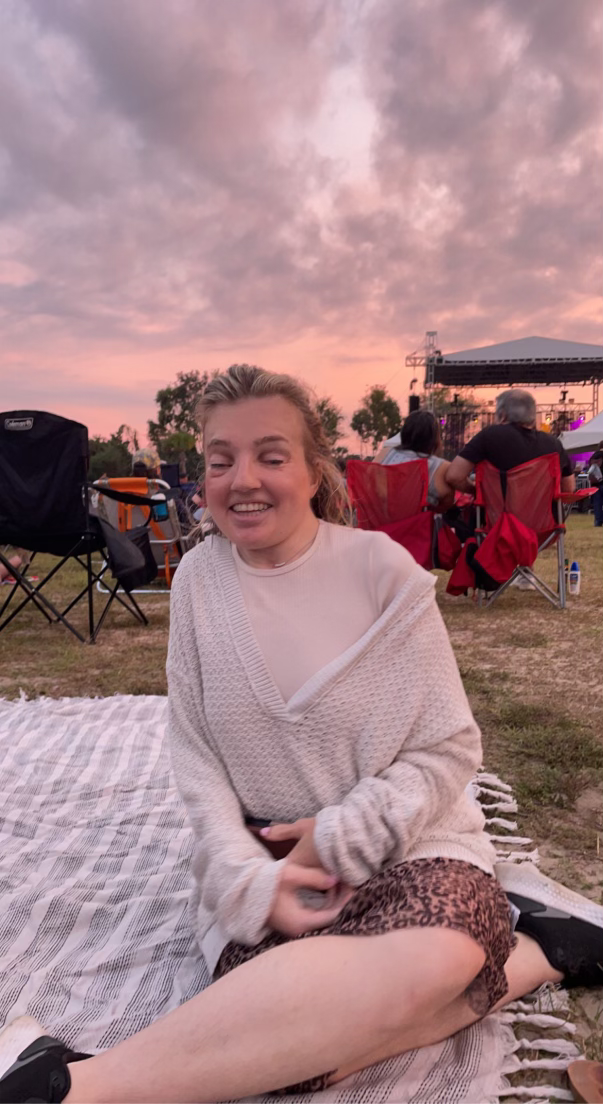Storytelling and Connection
- Wesley Sanders

- Apr 19, 2024
- 2 min read
Written by: Wesley Sanders, FACES Outreach Coordinator
Face Equality Week is May 13-19.
One thing I've noticed is many pundits in the craniofacial community talk about "staring." And it's true; the staring aspect is a part of anyone with a facial difference in everyday life. We are experts in the field of accepting stares, invasive questions, and dodging hurtful comments made our way.
It's great to talk about this aspect and hone in on the unfair comments and judgments made solely on how someone with a craniofacial difference looks. But I also want to share that people don't know what we are judged for if we don't tell our story and how often we share it. Sometimes, it's appropriate to share the dirty details of what life with a facial difference is really like.
Unfortunately, I can't just wash my hands of the situation. I'm not the architect of my face and am in no position to "fix" what makes me look different. Facial differences are a large part of who I am and my story. I rarely share the medical facets of my life. It's usually uncomfortable for me and the other parties involved.
However, I remember being in the audience listening to a mother of a child with a craniofacial syndrome telling her story of overcoming a myriad of adversities in her own life. This woman was in her late thirties. Truthfully, I had heard her story before and could likely share the story as if it were my own—because I have listened to it that many times. We were all in a welcoming space where everyone could be themselves. Afterward, with my group, I talked about this woman sharing her story and how familiar everyone was with her story. I thought, "I wonder if her story no longer has an impact. Are people tired of hearing it?" I shared my thoughts with my friends.
My mom’s friend quickly shut me down. I remember thinking, "I don't ever tell my story; what could people possibly know? People have no clue I have coded on the operating table before. Few people outside my hometown knew I was in a month-long coma at one point. I could list at least ten times when I nearly slipped off the mortal coil in my early childhood. In my brother's words, "Wesley keeps things close to the chest."
On some level, you know my story when you look at my face. There's not enough makeup to distract any new viewer from the scars on my eyelids, sides of my forehead, or underneath my eyes.
But her comment made me think. Does it matter how often a story is told? Sometimes, you don't need to breathe new life into a storied institution. Resurrecting stories helps create change. This mother has no right to tell me how many times I can share my story or when "People will be over it." I have no right to say how little or as often someone else can share their story. After all, apathy is the killer of change. Storytelling creates connection and change.









Comments